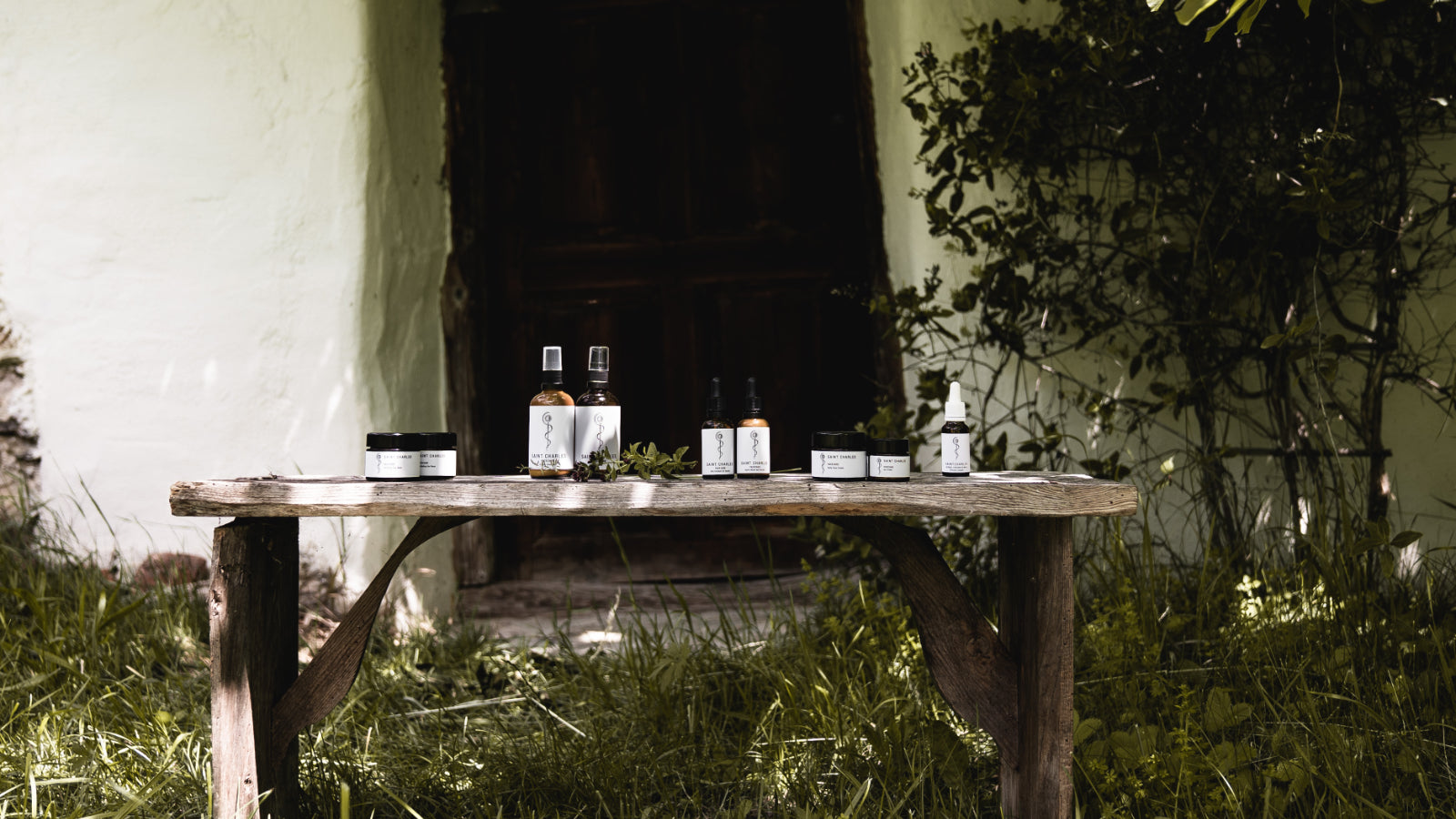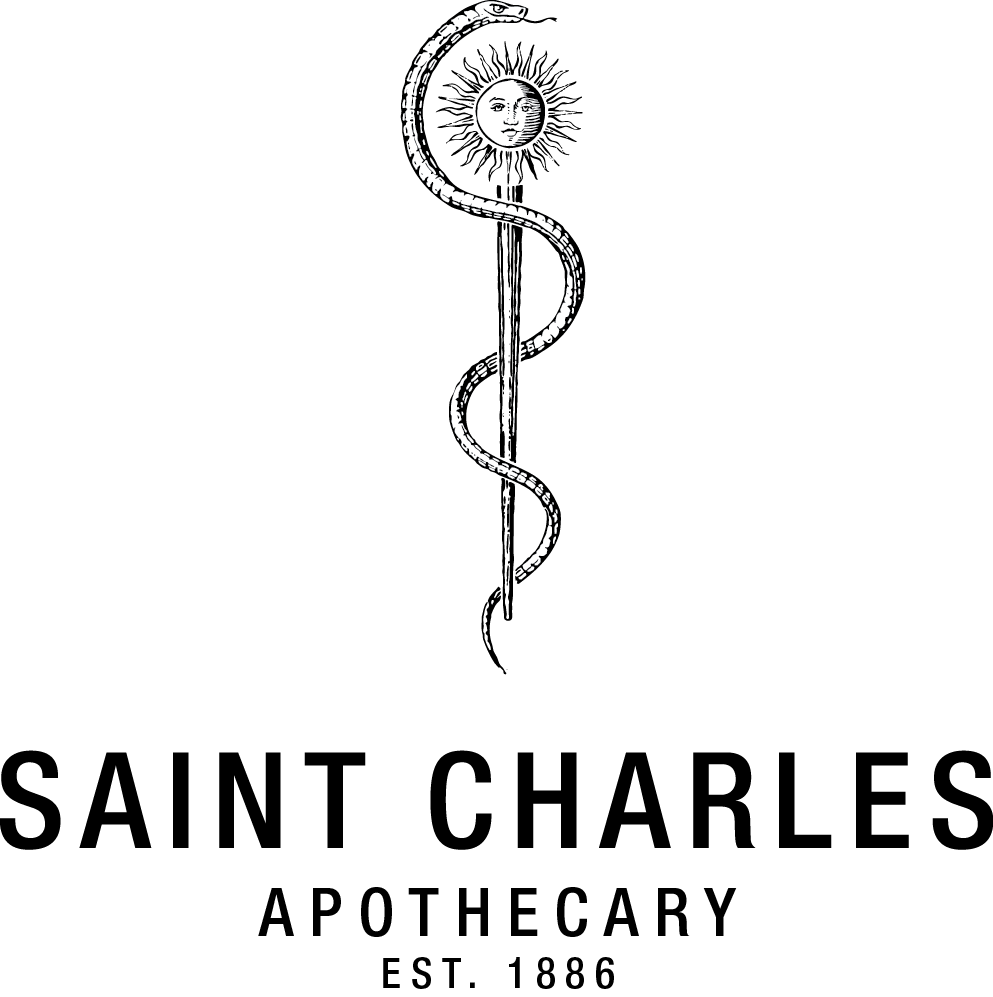Vitamin D is known to many as the "bone-strengthening vitamin". However, this unique vitamin has much more to offer than meets the eye. It has far-reaching effects on metabolic processes in the intestine, brain, heart, skin and lymphocytes. One thing is certain - if you don't get enough vitamin D, you'll get sick in the long run - so today we're taking a closer look at vitamin D and summarising everything you need to know about its effects, deficiency symptoms, dietary supplements and side effects.
The effect of vitamin D
Vitamin D is involved in a variety of metabolic processes and functions in the body. These include the formation of bones, teeth and joints, the control of the absorption of calcium in the intestine, the maintenance of an intact immune system and the defence against infections. Vitamin D is thus considered a natural protective shield against colds, bone diseases, osteoporosis and back and bone pain.
How does vitamin D deficiency occur?
Vitamin D is not a classical vitamin, as it cannot only be absorbed through food. It is produced by exposure to sunlight (UVB rays), which requires a large part of the skin to be exposed to the sun for a certain period of time. Up to 90% of the vitamin D requirement should be formed in this way, because only about 5 to 10% of the required vitamin D can be absorbed through food. The prerequisite for this, however, is that you eat fatty fish, butter, milk, egg yolks and cheese regularly. In order to take in the recommended daily dose of vitamin D from these foods, however, one would have to eat, for example, 4 kg of butter daily.
Not surprisingly, various studies show that about 80-90% of civilised society suffers from a mild to severe vitamin D deficiency.
The most common causes of vitamin D deficiency are:
- Not enough sun in the winter months:Because if you live above the 42nd parallel (north of Rome), you can't make vitamin D even with direct sunlight in winter because the sun is too low between October and March and therefore doesn't have the right spectrum of rays to let through enough UVB rays. In addition, smog in cities contributes to the UV rays not getting through. Vitamin D depots, which are replenished in the summer months, are usually half depleted in about 2 months, so many people feel a low mood around the turn of the year and are more susceptible to colds.
- Too little sunbathing in the summer months or/and spending time indoors (occupational and leisure): Taking a sunbath 3 times a week for 15-20 minutes in the summer months is usually already sufficient to build up and maintain a normal vitamin D level.
- Excessive use of sunscreens: Already a sun protection factor from factor 8 blocks the formation of vitamin D. Ideally, one should therefore take in the sun for the first 10-30 minutes without sunscreen (this time must of course be adapted to the respective skin type).
- Insufficient vitamin D intake through food: The selection of foods in which vitamin D occurs is relatively small. Foods richest in vitamin D include cod liver oil (250-300 mcg), smoked eel, herring (8-25 mcg), salmon (16 mcg), mackerel (4 mcg) and veal (3.8 mcg). Vegans are thus particularly at risk, as vitamin D is mainly found in animal foods.
If the vitamin D deficiency persists for more than 3 months, there is almost certainly a mild to severe vitamin D deficiency. But how do you recognise a possible vitamin D deficiency? That is the subject of the next question.
How do you recognise a vitamin D deficiency?
Symptoms of a vitamin D deficiency are tiredness and fatigue, pessimism and depressive mood, listlessness, nervousness and easy excitability. If the deficiency is not recognised and treated at this stage, the following symptoms may subsequently occur: Rickets, osteomalcia (softening of the bones) and osteoporosis (brittle bones). If the deficiency persists, the following symptoms can occur in the worst case: Rheumatic and degenerative complaints or personality changes.
Since it is usually difficult to change one's lifestyle immediately, the additional intake of vitamin D as a dietary supplement is a good alternative. Precise dosing makes them ideal for replenishing vitamin D stores.
Which vitamin D supplement is most suitable?
A study by the University of Surrey clearly showed that the effect of vitamin D3 (derived from sheep's wool fat - vegetarian) is superior to that of vitamin D2 (contained in mushrooms - vegan), as the vitamin D level can be increased more than twice as effectively by vitamin D3 than by vitamin D2. Those who need to take vitamin D supplements regularly should also always take vitamin K2. This is because vitamin D and vitamin K2 are crucial partners for strong bones, osteoporosis prevention and a healthy cardiovascular system. This is the only way to ensure that the calcium absorbed through vitamin D3 is stored in the bones and not deposited in the arteries.
Ideal are therefore preparations that combine vitamin D and vitamin K2. When choosing such a product, make sure that it contains vitamin D from lanolin or lichen (vegan) with natural vitamin K2 as MK7, made from natto.
Are there side effects?
Now that we have gone into more detail about the possibilities of taking vitamin D as a food supplement, the question arises as to whether such preparations can also cause side effects. However, there is a clear all-clear here: for an adult with an average weight of approx. 70 kg, we recommend a daily dosage of 800 IU to our customers at Saint Charles Pharmacy, as there are no side effects when taking this vitamin D dosage.
Would you like to learn more about vitamin D? Or are you worried about vitamin D deficiency? Our pharmacists at Saint Charles Pharmacy Vienna and Berlin will be happy to answer any further questions.







